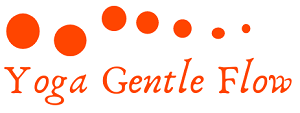Navigating the Yoga Mat Maze: A Comprehensive Guide
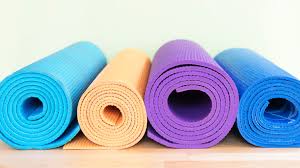
When it comes to choosing the perfect yoga mat for your practice, there’s no shortage of options in terms of shapes, colors, and textures. However, the most critical aspect to consider before making a purchase is the mat’s functionality. At Yoga Gentle Flow, we’re committed to providing unbiased general guidelines to assist you in your decision-making process without promoting any particular brand.
The Primary Functions of a Yoga Mat:
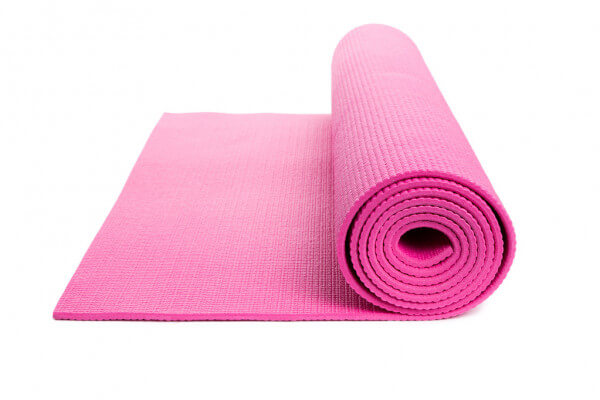
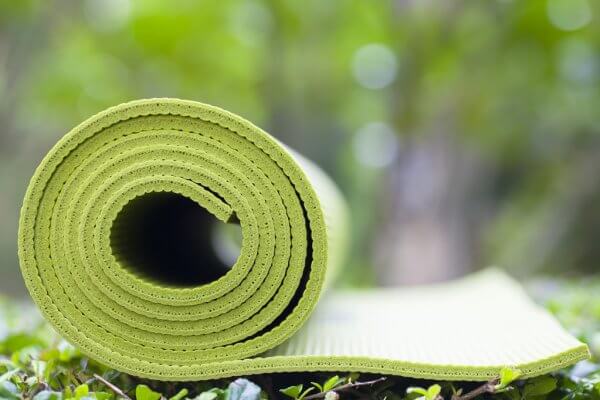
Slip Resistance: A yoga mat’s ability to keep you from slipping on the floor is paramount. Fortunately, the majority of mats on the market are designed with non-slip surfaces to ensure your safety during practice.
Size and Support: Protecting yourself from direct contact with the floor is another key consideration. Take into account your height and width, and consider adding a few extra centimeters for added comfort. For taller individuals, larger-sized mats are readily available to accommodate your needs.
Cushioning: To prevent discomfort during exercises on hard surfaces, the thickness of your mat is essential. This is especially important when you find yourself lying down in a supine position.
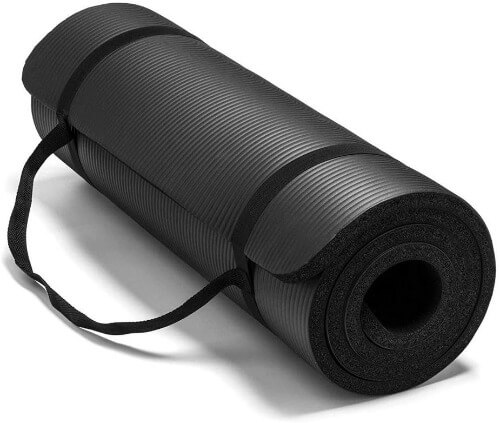
You could use an extra towel over your mat to provide additional thickness during lying positions. However, if your practice will mainly be on the floor, you might be fine with a bulky, cushioned mat like the black one pictured on the left. Yoga Gentle Flow – Hornsby does not recommend this type of mat, as our practice includes some balance standing positions which should be attempted at your pace, considering your current situation. If you practice yoga in a carpeted area or outdoors on natural grass, a thin yoga mat will suffice. In these cases, even a large towel or a picnic rug could replace the use of a mat.
